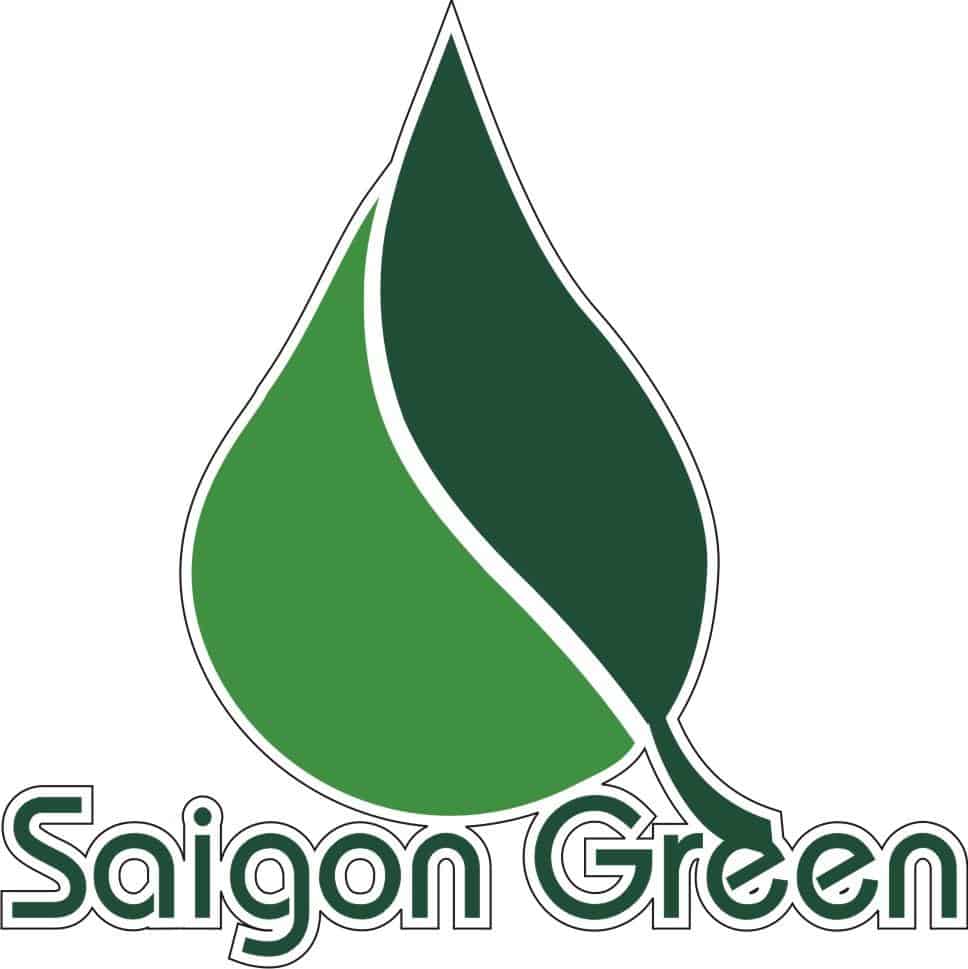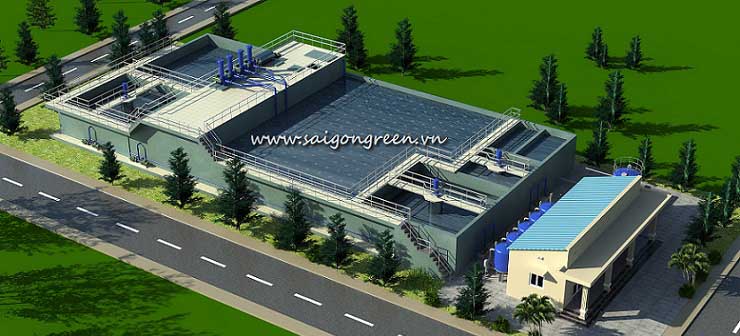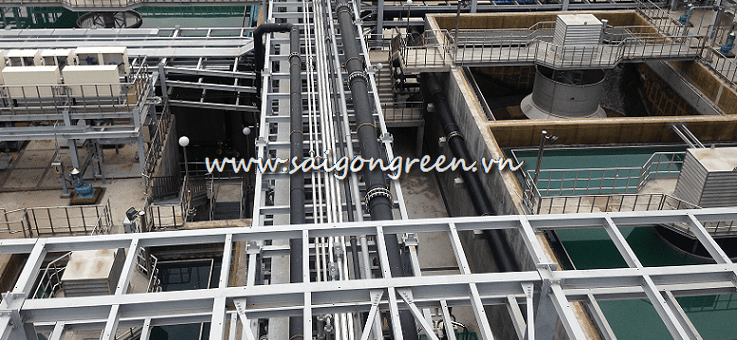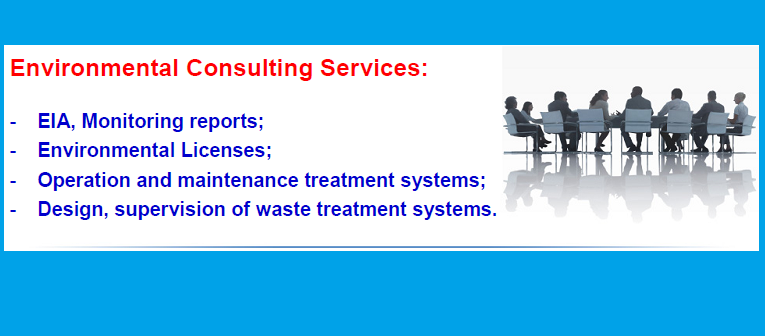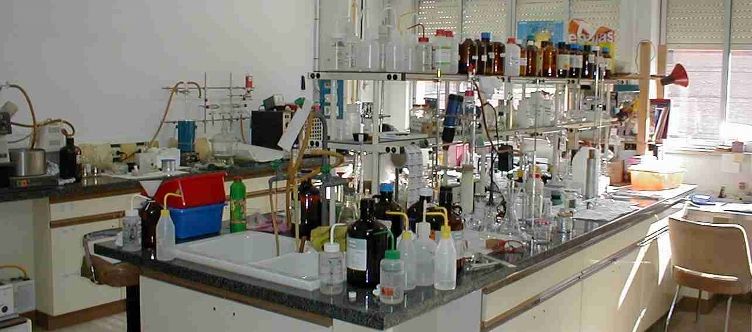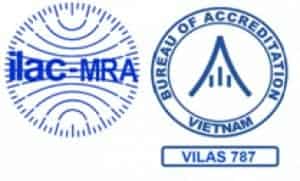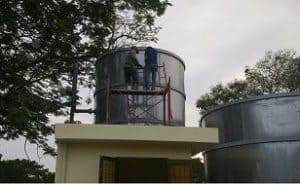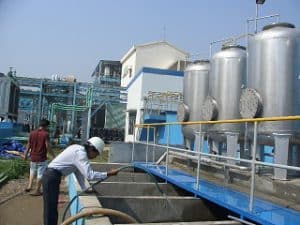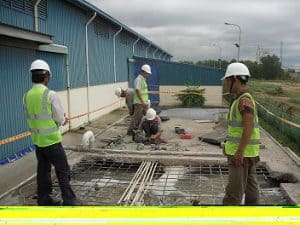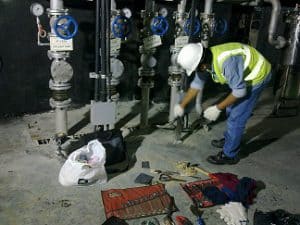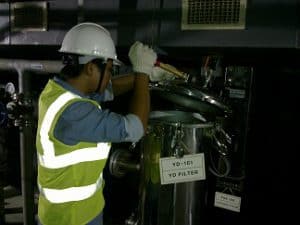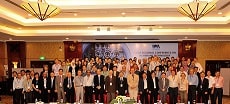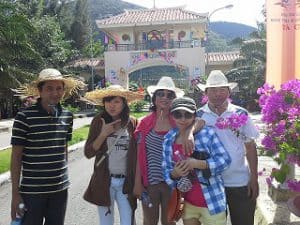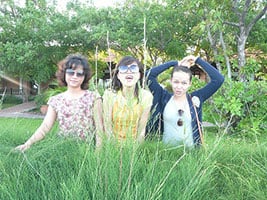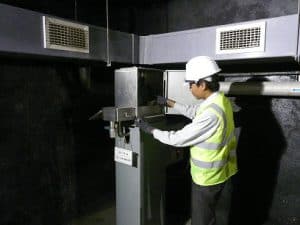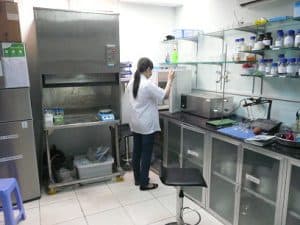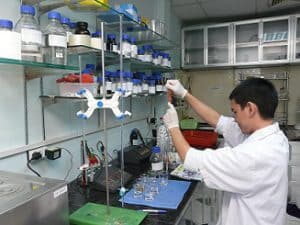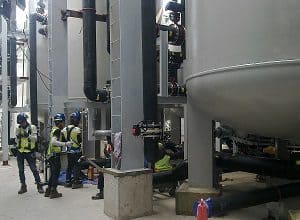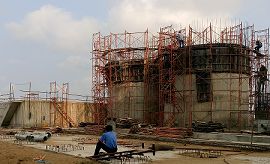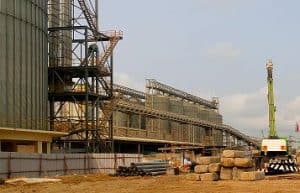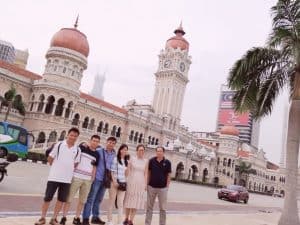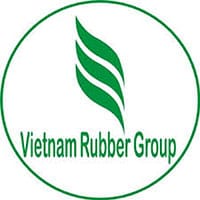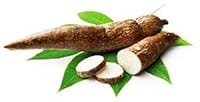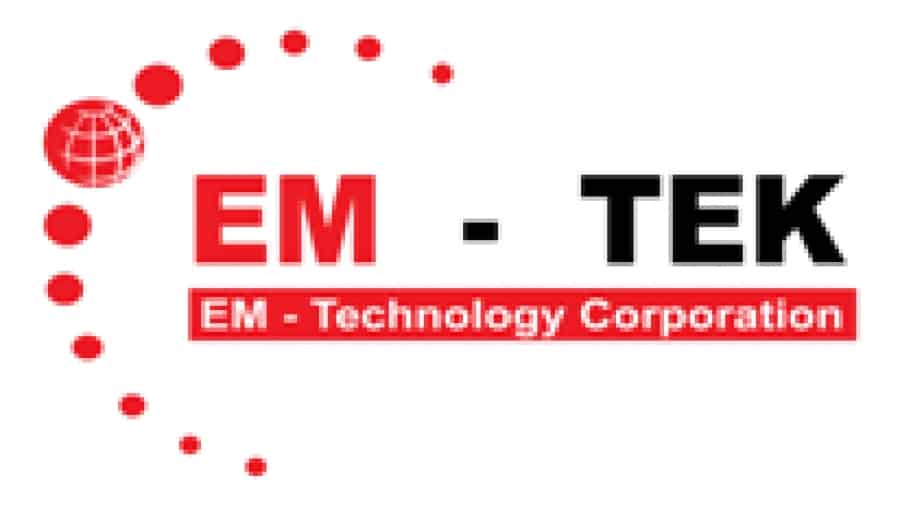Research & Development (R&D)
| Research on Water, Wastewater and Solid Waste Engineering | |
Review: Microorganisms in landfill bioreactors for accelerated stabilization of solid wastes
Abstract
Landfill bioreactors (LBRs) with management of leachate and biogas have presented numerous advantages such as accelerated stabilization of solid wastes, reduced amount of leachate, and in situ leachate treatment. Such advantages have minimized environmental risks, have allowed extension of the useful life of the landfill site, and have fostered cost reduction. LBRs of three types have been developed using both anaerobic and aerobic modes: anaerobic, aerobic, and hybrid. Microorganisms in landfills cause various reactions related with organic fractions and heavy metals. Such functions have been stimulated in LBRs by recirculation of leachate with or without aeration. To date, most studies of microorganisms in LBRs have analyzed bacteria and archaea based on 16S rRNA genes and have analyzed fungi based on 18S rRNA genes from a taxonomical viewpoint. Indicator genes for specific functions in LBRs such as nitrification, denitrification, and methane production have also been monitored. The population dynamics of microorganisms in LBRs have been partially clarified, but the obtained data remain limited because of highly heterogeneous features of solid wastes inside LBRs. Systematic monitoring of microorganisms should be established to improve LBR performance.
Abstract
This study investigated microbial population dynamics and performance in lab-scale conventional, anaerobic, and aerobic landfill bioreactors specialized for high-organic wastes. Each reactor (2.35 l) was loaded with 1.5 kg of organic solid waste made of sludge cake, dry dog food, and wood chips. The conventional reactor was operated without leachate recirculation and aeration, but the other reactors used leachate recirculation at 200ml/d and without aeration (anaerobic bioreactor) or with aeration at 2 l/min (aerobic bioreactor). The respective final waste volumes on day 138 of the conventional, anaerobic, and aerobic reactors were approximately 75%, 65%, and 60% of the initial volumes. Leachate recirculation in the anaerobic bioreactor accelerated biochemical reactions and promoted methane production. However, leachate from the anaerobic bioreactor showed TOC and NH4+-N concentrations that were as high as those of the conventional reactor. Aeration lowered leachate production and methane concentration and decreased organic matter in solid waste and leachate. Furthermore, the MPN value of amoA gene reached 105 MPN copies/g-dry in the aerobic bioreactor, where nitrogen was removed from organic solid waste and leachate. During the first 72 d, the aerobic bioreactor’s MPN value of fungal 18S rDNA was the highest among reactors, but it decreased gradually. All reactors showed similar MPN values of eubacterial 16S rDNA, nirS, and nirK.
Abstract
Performance and microbial population dynamics in landfill bioreactors were investigated in laboratory experiments. Three reactors were operated without aeration (control reactor, CR), with cyclic 6-h aeration and 6-h non-aeration (intermittently aerated reactor, IAR), and with continuous aeration (continuously aerated reactor, CAR). Each reactor was loaded with highorganic solid waste. The performance of IAR was highest among the reactors up to day 90. The respective solid weight, organic matter content, and waste volume on day 90 in the CR, IAR, and CAR were 50.9, 39.1, and 47.5%; 46.5, 29.3 and 35.0%; and 69, 38, and 53% of the initial values. Organic carbon and nitrogen compounds in leachate in the IAR and the CAR showed significant decreases in comparison to those in the CR. The most probable number (MPN) values of fungal 18S rDNA in the CAR and the IAR were higher than those in the CR. Terminal restriction fragment length polymorphism analysis showed that unique and diverse eubacterial and archaeal communities were formed in the IAR. The intermittent aeration strategy was favorable for initiation of solubilization of organic matter by the aerobic fungal populations and the reduction of the acid formation phase. Then the anaerobic H2-producing bacteria Clostridium became dominant in the IAR. Sulfate-reducing bacteria, which cannot use acetate/sulfate but which instead use various organics/sulfate as the electron donor/acceptor were also dominant in the IAR. Consequently, Methanosarcinales, which are acetate-utilizing methanogens, became the dominant archaea in the IAR, where high methane production was observed.
Nguyen Nhu Sang a*, Hoang Myb
aFaculty of Environment and Natural Resources, University of Technology, Vietnam National University – Ho Chi Minh, 268 Ly Thuong Kiet Str., Dist. 10, Ho Chi Minh City, Vietnam (E-mail: nguyennhusang@yahoo.com)
bSaigon Green Environment and Constructions Co., Ltd., 83 Truong Vinh Ky Str., Tan Thanh ward, Tan Phu Dist., Ho Chi Minh City, Vietnam
Abstract
In this study, Anoxic/Oxic coupled with a submerged microfiltration membrane (A-MBR) has applied for treating real seafood wastewater. Two runs include changing loading rates to examine the efficiencies of COD and T-N removal and changing intermitted filtering time for investigation of fouling membrane. In Run 1, three loading rates were carried out including 0.72 kgCOD/m3.day and 0.21 kgT-N/m3.day; 1.26 kgCOD/m3.day and 0.29 kg T-N/m3.day; 1.97 kgCOD/m3.day and 0.39 kgT-N/m3.day. In Run 2, operation with the loading rate of 1.26 kgCOD/m3.day and 0.29 kg T-N/m3.day, three operational modes comprising ON/OFF filtering pump time were 12 min/3 min; 8 min/2 min and 4 min/1 min, respectively. Although changing loading rates, efficiencies of COD removal remained in range of 90 – 95 %, T-N removal in range of 60 – 70 %. In three loading rates of the study, the effluents of COD concentrations reached column B, QCVN 11:2008/BTNMT. When increasing loading rates, high MLSS concentrations and colloidal fractions of wastewater in MBR cause increasing TMP and fouling membrane. TMP values of 12 minutes ON/3 minutes OFF filtering mode have higher growth rates than those of filtering modes of 8 minutes ON/3 minutes OFF and 4 minutes ON/1 minute OFF. To minimize fouling membrane, intermittent operations of filtering modes in A-MBR were recommended for real seafood wastewater treatment.
Abstract
This study examined characteristics of leachate from the Go Cat landfill in Ho Chi Minh City, Vietnam and the performance of a lab-scale bioreactor equipped with a microfiltration unit (membrane bioreactor; MBR) for leachate treatment. The COD concentrations of leachate were 39.6–59.8 g l-1 and 1.1–4.0 g l-1 in the dry season (Nov. 2003 – Apr. 2004) and the rainy season (May – Aug. 2004), respectively, indicating that intensive precipitation of the monsoon climate in summer promotes leachate generation and changes in its quality because of the enhanced degradation and increased dilution. The BOD/COD ratio over 0.68 through the year suggested that biological wastewater treatment processes are promising for leachate treatment. The MBR was operated for 90 days at volumetric loading rates of 1.9–4.2 g-COD l-1 d-1. The microfiltration membrane kept the sludge concentration high in the MBR. The specific loading rate remained at 0.097–0.616 g-COD g-VSS-1 d-1 because of the high MLVSS concentration. The MBR showed high COD removal of 84–97% throughout the experimental period. Those results suggest that the effluent COD standard of 100 mg l-1 is probably achieved in the rainy season, but some post-treatment processes are needed, especially for the dry season.
TÓM TẮT: Nghiên cứu thực hiện để đánh giá so sánh hiệu quả xử lý độ màu và chất hữu cơ dưới tác động của các yếu tố ảnh hưởng như pH, hàm lượng O3, H2O2, tỉ lệ mol O3:H2O2 và các anion Cl–, SO42–, HCO3– dùng các tác nhân O3, H2O2và O3/H2O2. Quá trình oxy hóa bậc cao dùng O3/H2O2 có hiệu quả cao nhất so với từng tác nhân O 3,H2O2 riêng biệt. Khoảng giá trị pH tối ưu từ 7 đến 9 cho cả 3 tác nhân oxy hóa và tỉ lệ mol O3:H2O2 tối ưu bằng 3. Hiệu quả khử màu và COD cao nhất ở điều kiện tối ưu của O3,H2O2 và O3/H2O2 lần lượt tương ứng là 71% và 62%, 70% và 47%, 95% và 73%. Ngoài ra, khi hàm lượng các anion như Cl–, HCO3–, SO42– trong nước thải cao có thể làm giảm hiệu quả xử lý màu và COD. Quá trình oxy hóa bậc cao dùng O 3 /H2O2 có thể ứng dụng như một phương pháp hiệu quả cao để xử lý nước thải cà phê bột hòa tan sau quá trình xử lý sinh học.
